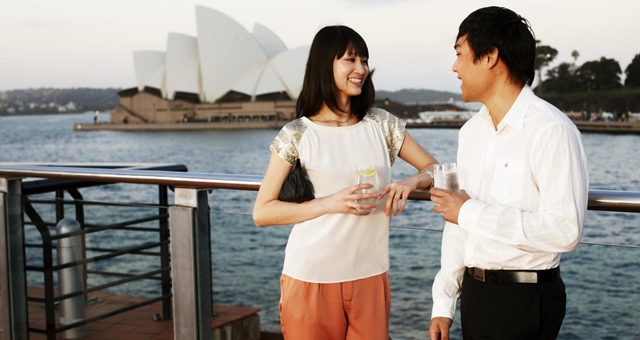Hotels in the Asia Pacific region experienced positive results in the three key performance metrics when reported in U.S. Dollar constant currency, according to August 2015 data compiled by STR Global.
Compared to August 2014, the Asia Pacific region reported a 1.3% increase in occupancy to 72.7%, a 1.0% rise in average daily rate to US$109.21 and a 2.3% increase in revenue per available room to US$79.41.
Performance of featured countries for August 2015 (local currency, year-over-year comparisons):
Japan experienced a 1.3% increase in occupancy to 87.0% as well as double-digit growth in ADR (+13.3% to JPY16,454.79) and RevPAR (+14.7% to JPY14,321.85). According to STR Global analysts, the devaluation of the Japanese Yen has led to an increase in international arrivals, especially in the leisure business sector. In addition, year-to-date demand growth (+3.9%) in the country is outpacing supply (+1.3%) due to a lack of development space and high construction costs. Occupancy in Japan has eclipsed 80.0% in seven of eight months this year.
Malaysia reported a 1.5% rise in occupancy to 72.4% but decreases in ADR (-3.3% to MYR372.19) and RevPAR (-1.9% to MYR269.60). STR Global analysts classify August as generally one of the strongest months of the year for Malaysia, and the 72.4% occupancy level was the highest in the country since June 2013. However, year-to-date results in the key performance indicators remain negative with supply growth (+4.2%) outweighing demand (-2.6%).
South Korea saw double-digit declines in occupancy (-14.4% to 70.1%) and RevPAR (-20.8% to KRW123,507.62). ADR in the country dropped 7.5% to KRW176,180.47. Demand in South Korea dropped 29.1% in June and 22.6% in July with the outbreak of the Middle East Respiratory Syndrome (MERS) virus. While the outbreak was declared over in July, the economic impact was felt through August. STR Global analysts note group demand as being down 24.1% year-to-date due to the outbreak.
Performance of featured markets for August 2015 (local currency, year-over-year comparisons):
Bangkok, Thailand, experienced double-digit growth in occupancy (+10.4% to 76.3%) and RevPAR (+16.0% to THB2,469.93). ADR in the market increased 5.1% to THB3,235.02. The positive results came even with the 17 August bombing attack on the Erawan Shrine. The performance increases were lower, however, when compared to a majority of the months this year. Year-to-date, demand in Bangkok has increased 34.3%. During the same time period, group demand is up 109.5% as the market facilitates lower rates when compared to other destinations.
Beijing, China, posted increases in each of the three key performance metrics. Occupancy in the market increased 2.8% to 78.0%; ADR was up 6.5% to CNY583.14; and RevPAR increased 9.5% to CNY454.67. The 78.0% absolute occupancy level was the highest for any August in Beijing since 2001. The market hosted the International Association of Athletics Federation (IAAF) World Championships on 22-30 August.
Mumbai, India, saw double-digit growth in occupancy (+11.8% to 72.7%) and RevPAR (+10.4% to INR4,864.69). ADR in the market dropped 1.2% to INR6,688.11. Occupancy and RevPAR have increased year-over-year in Mumbai for each of the first eight months of 2015, and the 72.7% occupancy level was an August record. Performance results in the market were affected positively as the India International Jewellery Show shifted from July in 2014 to August of 2015.


